The Guardian Shell: Unveiling the Angle Grinder Housing
The unassuming housing on your angle grinder is more than just a plastic or metal shell. It’s the vital structure that encases the internal components, safeguarding them from dust, debris, and potential damage while providing a user-friendly platform for operation. Here’s a deeper look at this essential part:
Function:
- Protective Shell: The primary function of the housing is to act as a protective barrier for the angle grinder’s internal components. It shields them from:
- Dust and Debris: During grinding operations, dust and debris can be generated. The housing prevents them from entering the motor, gears, and other delicate components, which could lead to malfunctions or premature wear.
- Accidental Impacts: The housing protects the internal parts from accidental bumps or drops that could cause damage.
- User Interface: The housing incorporates various elements that facilitate user interaction with the grinder. These may include:
- Handle: The housing provides a comfortable and secure grip for the user to control the grinder during operation.
- Trigger Switch: The trigger switch, typically located on the handle, controls the power to the motor, allowing the user to turn the grinder on and off.
- Lock-Off Button: Many grinders have a lock-off button integrated into the housing for added safety. This button needs to be depressed before the trigger can be activated, preventing accidental starts.
- Guard Adjustment Mechanism: The housing may have a mechanism for adjusting the grinding wheel guard’s position. This allows users to optimize the guard’s placement for specific tasks and material control.
Construction:
- Material: Angle grinder housings are typically crafted from lightweight yet durable materials like:
- Plastic: High-impact plastic is a common choice due to its affordability and lightweight nature.
- Metal: Metal housings, often aluminum, offer superior strength and durability for heavy-duty grinding applications.
- Ventilation: To prevent overheating of the motor and other internal components, the housing may have ventilation slots or grills. These allow for air circulation and heat dissipation during grinder operation.
Maintenance:
- The housing itself generally requires minimal maintenance. However, keeping the housing clean is important. Regularly wipe it down with a damp cloth to remove dust and debris buildup that could hinder proper ventilation or user control.
Replacement:
- While the housing is a robust component, it can crack or break due to severe impacts. If the housing becomes damaged, it’s crucial to replace it promptly. A damaged housing can compromise the safety of the internal components and increase the risk of injury during operation.
In Conclusion:
The housing is the backbone of your angle grinder, offering crucial protection and providing a user-friendly platform for handling the tool. By understanding its functions, construction, and maintenance needs, you can appreciate its importance and ensure your grinder operates safely and efficiently for years to come. Remember, if your housing becomes damaged, prioritize replacing it to maintain optimal performance and safety during grinding tasks.

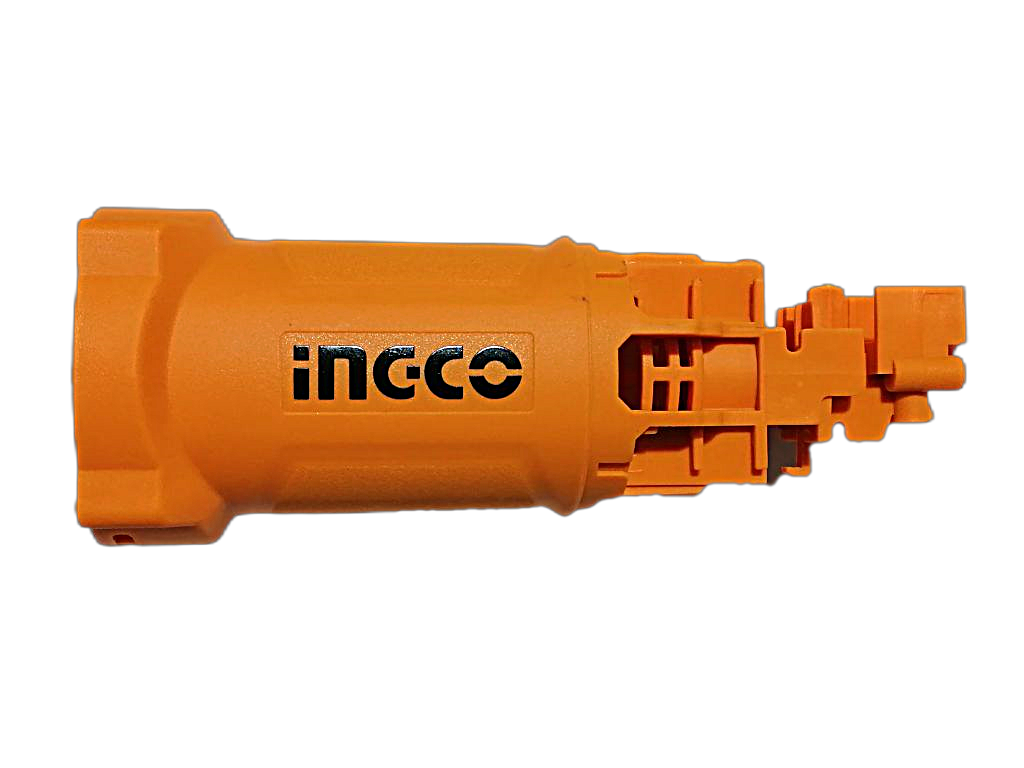
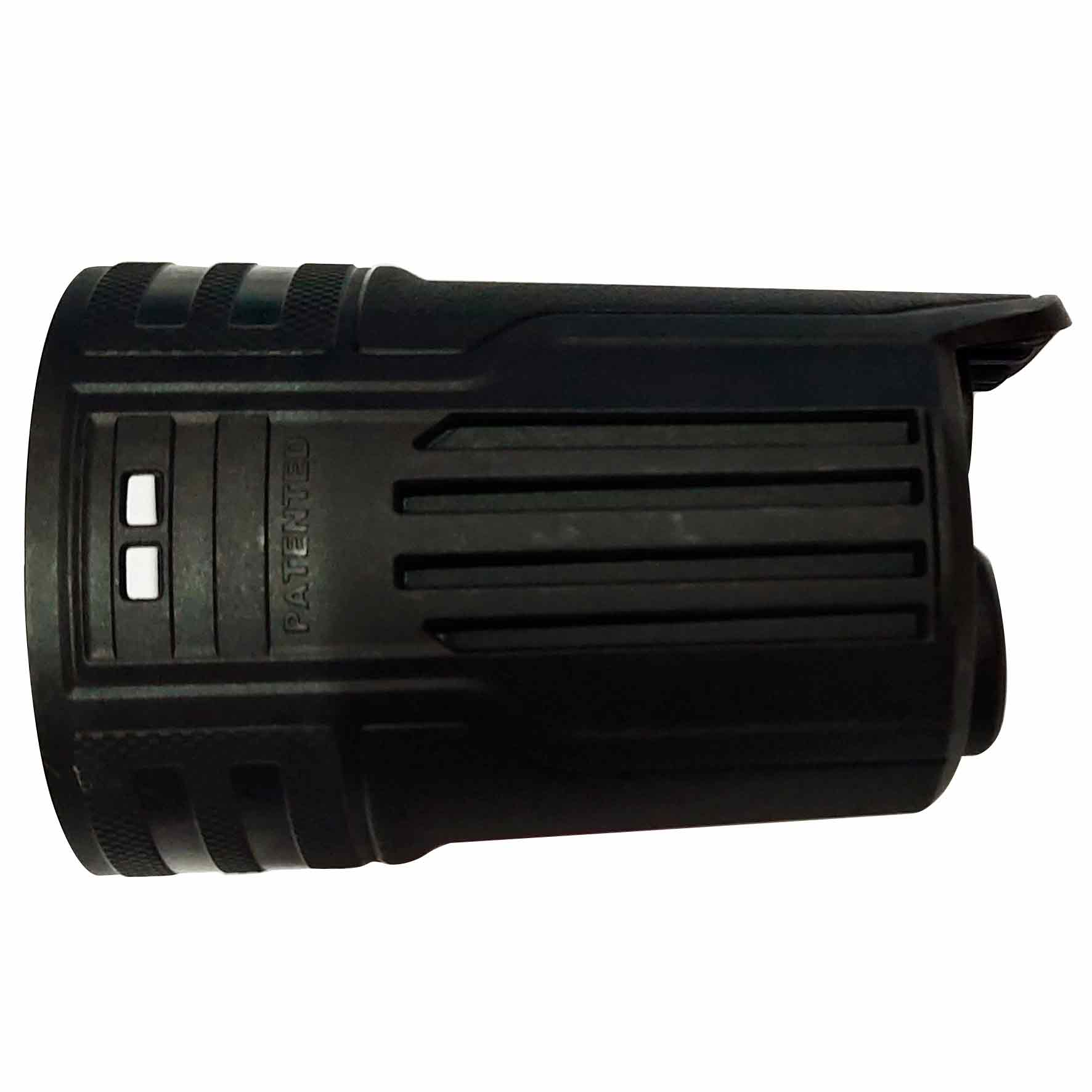
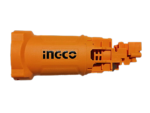



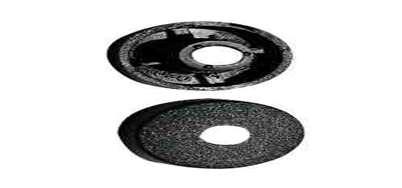



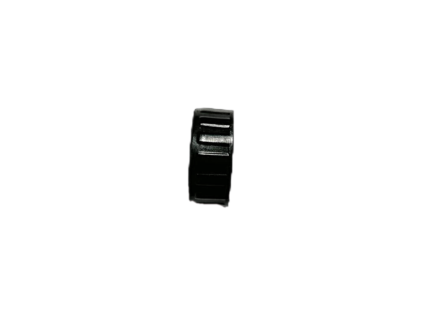



Reviews
There are no reviews yet.